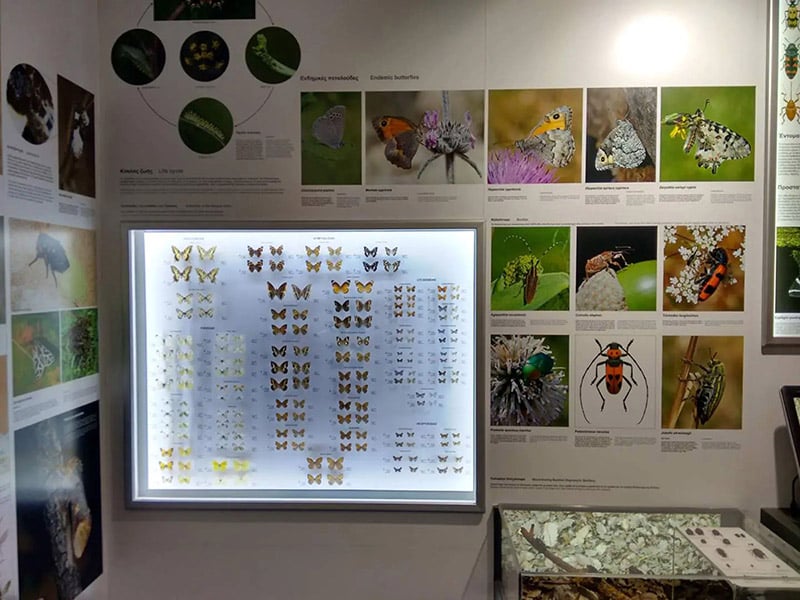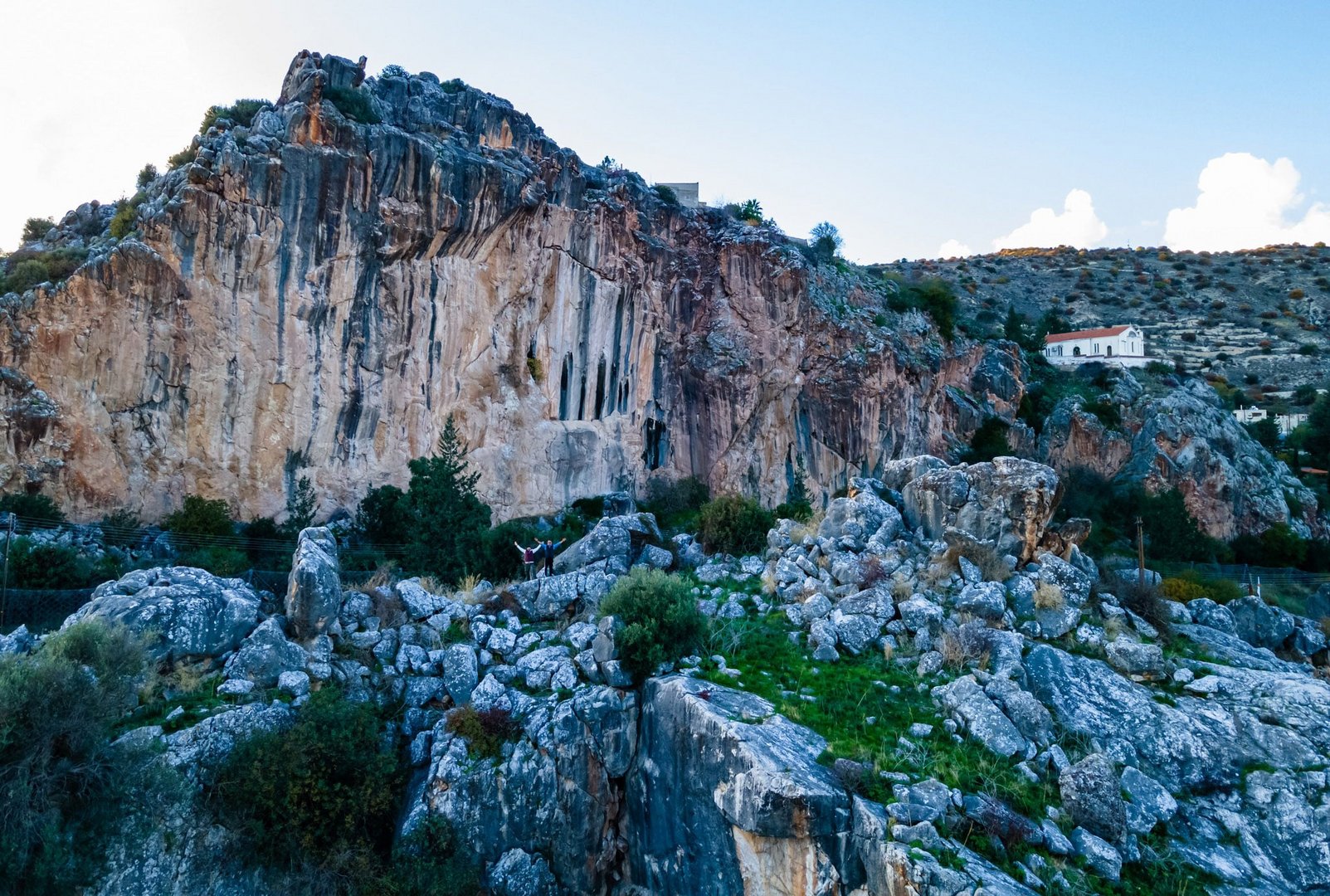One of the island’s most striking landscapes has a visitor centre and exhibition dedicated to the nature of the area finds PAUL LAMBIS
Episkopi village, located on the outskirts of Paphos town, has become a magnet for locals and visitors who come to marvel at its imposing rock, one of the most interesting geological formations in Cyprus, and arguably one of the largest, formed millions of years ago after the African tectonic plate was separated, and Cyprus emerged from the sea.

The centre, with its projection hall, impressive exhibition displays, botanical gardens, and laboratories, is frequently overlooked by visitors but it provides a detailed insight into the Ezousa Valley, one of Cyprus’ most beautiful valleys, and the rare and protected species that call it home.
According to EPEI acting director Mary Beth Trotter, the institution’s principal goal is to contribute to the area’s sustainable development. “We offer information about the geology, flora and fauna of the Ezousa Valley through high-quality photographic and video material on display, including touch screens, dioramas, and unique collections,” she added.
Visitors to the centre will be directed to a modern projection theatre where a fascinating documentary on the Ezousa Valley’s ecosystem is screened. The 20-minute film sets the tone for what the exhibition halls have successfully captured: the vitality of the flora and fauna, as well as cultural characteristics that are unique to this region of Cyprus.

Inside the EPEI centre
The EPEI Centre was established with the support of the European Union and the Republic of Cyprus. “It is a self-funded initiative run by the Episkopi Paphos Community Council,” she explained.
“The displays within the centre feature all relevant information about the Ezousa Valley, including the 12 habitats, 30 endemic Cyprus plants, and 150 species of birds, reptiles and arthropods that inhabit the area.”
The centre is surrounded by a botanical garden where visitors can see the area’s significant flora organised in thematic groups such as habitats, endemics, bulbs and rare species. “There are also many plants that are unique to Cyprus that are not found in the Ezousa Valley, as well as geological specimens from the valley’s main geological formations,” Trotter said.

Ezousa valley walking trail
The Ezousa Valley is without a doubt one of the most appealing areas in the Paphos region, and it is best explored on foot. Trotter said four designated walking trails have been created to highlight the valley’s incredible surroundings and strong Mediterranean character.
“By walking them, you can see a treasure trove of diverse fauna and flora, all set against the backdrop of the island’s largest monolith. There is a specialist flora of chasmophytes that are unique to Cyprus and the Paphos region that are found within the cracks of the limestone rock,” Trotter added.
“A significant population of Bosea cypria, one of the world’s three Bosea species, is found at the base of the rock.”
Another plant species, Crambe hispanica, can be observed here and is listed in the Red Flora Data Book of Cyprus. “The presence of this rare species increases the environmental importance of the rock and the valley in general,” she said.
The Episkopi rock also has great ornithological interest. “The endemic Cyprus wheatear, a migratory species that breeds only in Cyprus, can be seen here, in addition to the largest population of jackdaws.”
While certain trails are more challenging than others, they are always a treat for the senses as they allow you to take in the views, sounds and scents of nature in all its brilliant grandeur.
The EPEI Centre also has a well-stocked lab making it ideal for educational use. Friends of the EPEI Centre was founded in 2012 to support teachers through exhibitions and cultural activities, as well as the study, protection, and management of the area’s natural environment.
“The centre is reliant on ticket sales and funds generated from the sale of self-care and environmentally friendly products available at the centre’s exhibition shop, so every bit of funding helps to keep it afloat, Trotter said.
“Caring for our island and raising awareness about the importance of environmental protection are critical components of our mission to preserve large areas of Cyprus’ natural landscape for future generations.”







Click here to change your cookie preferences